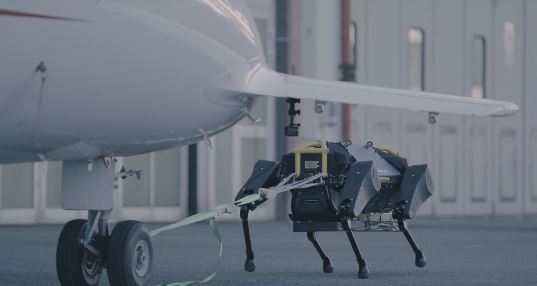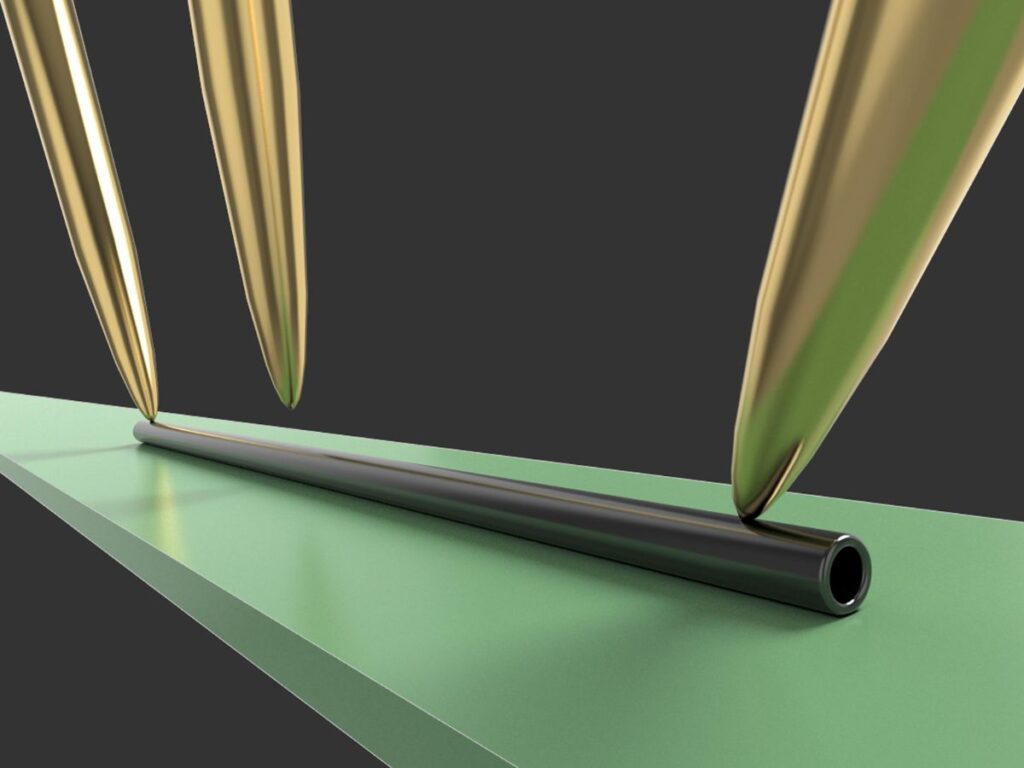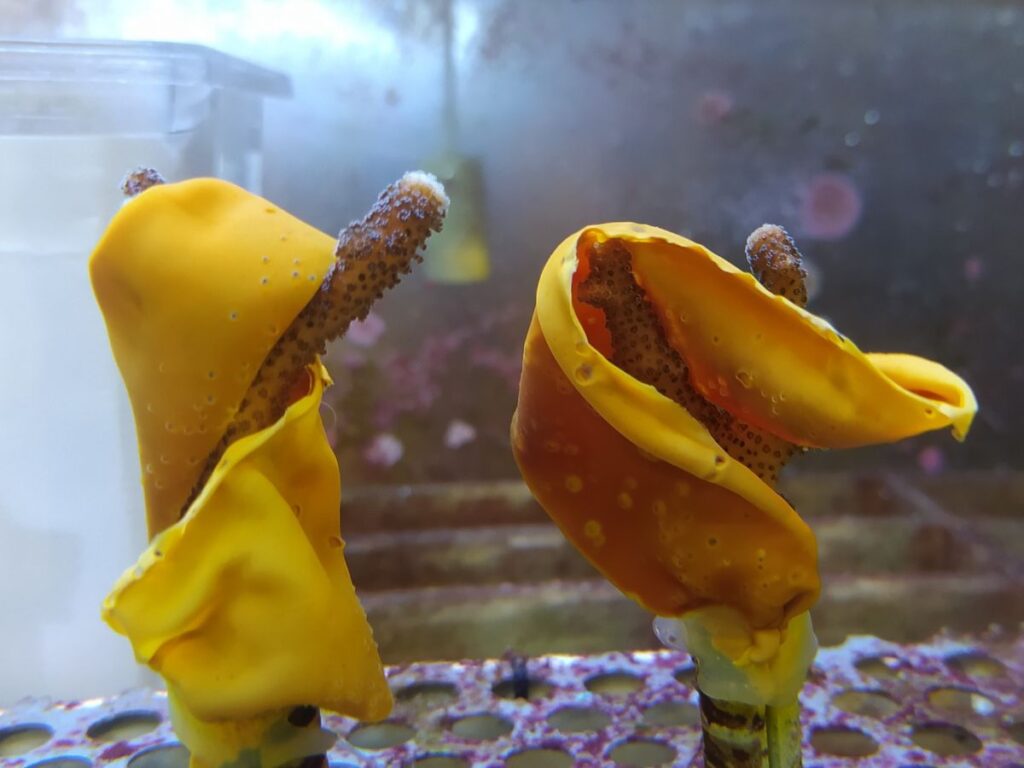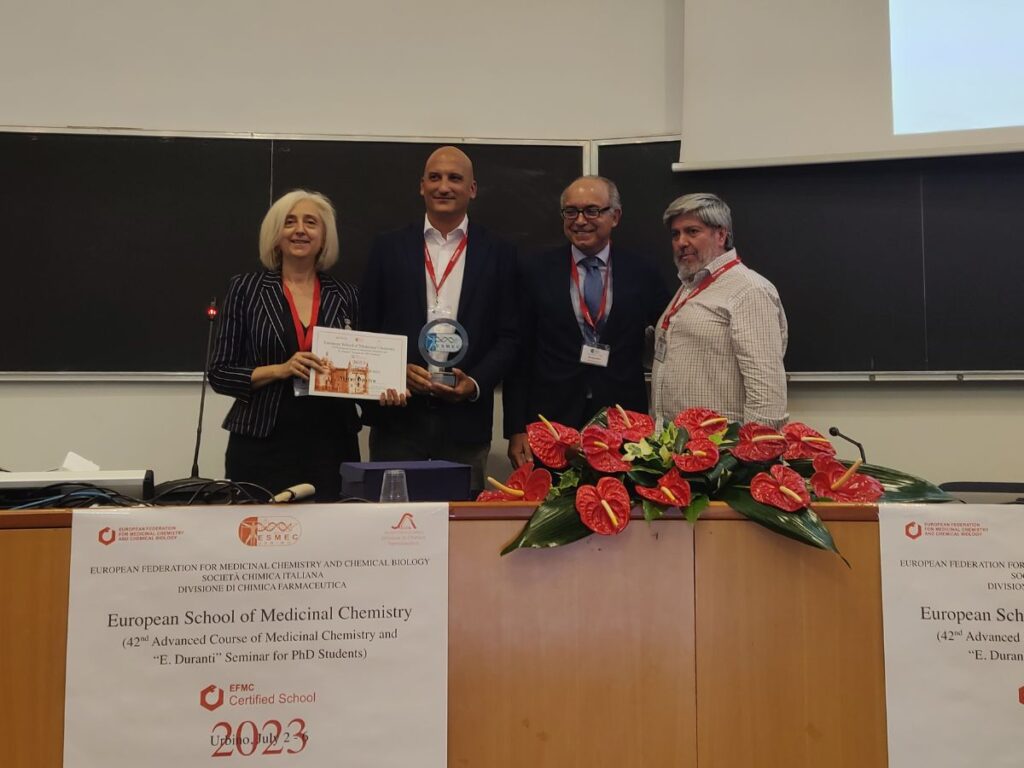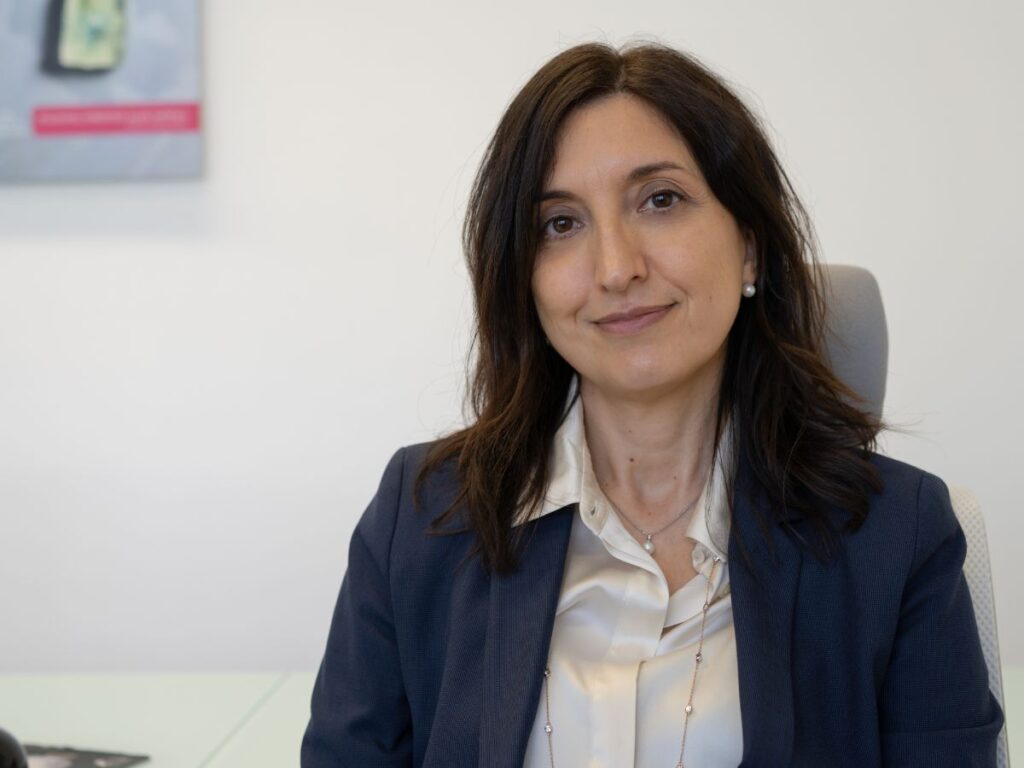The new quadruped was developed by IIT and Moog
The hydraulic robot HyQReal, developed by IIT and Moog with the support of INAIL and the European Community as part of the ECHORD++ project, was unveiled in Montreal. This debut occurred during the International Conference ICRA 2019, one of the most anticipated events in the robotics field. The research team at IIT, led by Claudio Semini, designed this robot to assist humans in emergency scenarios such as fires, earthquakes, and interventions in hazardous or inaccessible locations. HyQReal took its first steps at Genoa Airport, where it showcased its immense power by autonomously towing an aircraft weighing over 3 tons.
“HyQReal, the hydraulic robot developed by IIT and Moog with the support of INAIL and the European Community within the ECHORD++ project, made its debut in Montreal at the International Conference ICRA 2019. This event is one of the most eagerly anticipated gatherings in the robotics field.
Designed by the IIT research team, led by Claudio Semini, this robot’s purpose is to assist humans in emergency scenarios such as fires, earthquakes, and interventions in hazardous or inaccessible locations.
HyQReal took its first steps at Genoa Airport, demonstrating its impressive strength by autonomously towing an aircraft weighing over 3 tons. The robot is designed to be 1.33 meters long, 90 cm tall, and weighs 130 kg. It features vital components protected by an aluminum cage and Kevlar, fiberglass, and plastic skin.
Among its upgrades are legs resistant to water and dust, equipped with a special rubber material that provides excellent traction on various terrains. It is powered by a 48 Volt battery that drives four electric motors connected to four hydraulic pumps. HyQReal also includes two computers, one dedicated to vision and one for robot control.
The robot is operated by a human operator and is capable of autonomously executing certain actions to fulfill given commands, such as avoiding obstacles or holes.
This new prototype was field-tested with the support of Genoa Airport, with which several collaborations are ongoing, and Piaggio Aerospace. HyQReal demonstrated its strength by towing a 3,300 kg passenger aircraft (Piaggio P180 Avanti) with a length of 14.4 meters and a wingspan of 14 meters.
HyQReal is the latest version in the series of hydraulically powered HyQ robots. The development of this quadruped robot has been ongoing at IIT since 2007, drawing inspiration from nature, particularly animals like goats or horses that can navigate diverse terrains.
The long-term goal of the project is to create robust hardware, software, and algorithms for quadruped robots capable of accessing rugged areas, intervening in natural disasters, assisting in building dismantling, inspecting unstable structures, and supporting demanding activities in agriculture.
In comparison to previous versions, HyQReal is self-sufficient in terms of power through onboard hydraulics, batteries, and wireless communication. The robot also boasts improved durability, reliability, and energy efficiency.
This new robot is the result of the collaborative efforts of the joint laboratory between IIT and Moog, established in September 2016. The laboratory’s primary objective is to develop the next generation of robots with hydraulic limbs. It brings together IIT’s expertise in designing hardware and software for robots with artificial limbs and Moog’s experience in high-performance, miniaturized actuation solutions.
Moog Inc. is a global designer, manufacturer, and integrator of precision control components and systems. For HyQReal, Moog developed a substantial portion of the hydraulic actuation system, including hydraulic pump units, smart manifolds, fluid rotary joints, and integrated servo drives (ISA). Moog created specific components for HyQReal that may find applications in the mobile robotics market where energy efficiency and high performance are key factors.
IIT led the overall development of the robot’s hardware and software. Regarding hardware, IIT focused on the body design, limbs, electronics, hydraulic pipes, fall protection, and sensing. They also coordinated the integration of the actuation subsystems developed by Moog. In terms of software, IIT adapted their locomotion control framework developed over the last decade.
“Thanks to the complementary expertise of IIT and Moog, we have been able to enhance our control software with increased safety and modularity,” stated Victor Barasuol, an IIT researcher responsible for HyQ Real’s control.
The HyQReal team at IIT consists of 14 people from Italy, Switzerland, Brazil, the United Kingdom, Canada, Egypt, the Netherlands, and Mexico. The development of HyQReal was funded by the Istituto Italiano di Tecnologia and Moog Inc., with the support of INAIL (the Italian National Institute for Occupational Safety and Social Security) and the European Union through the ECHORD++ project.”

